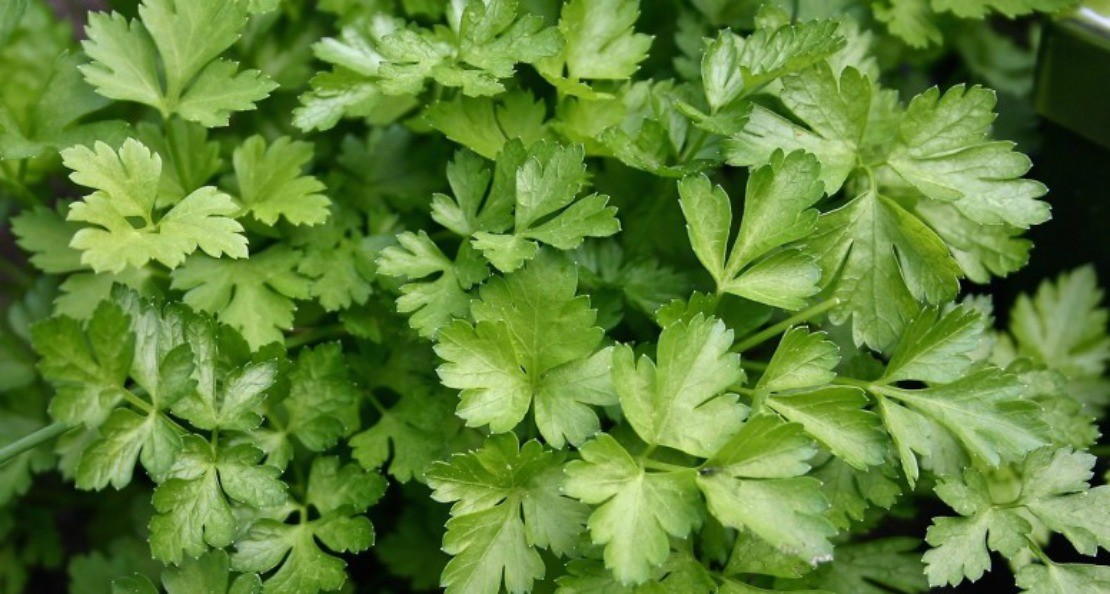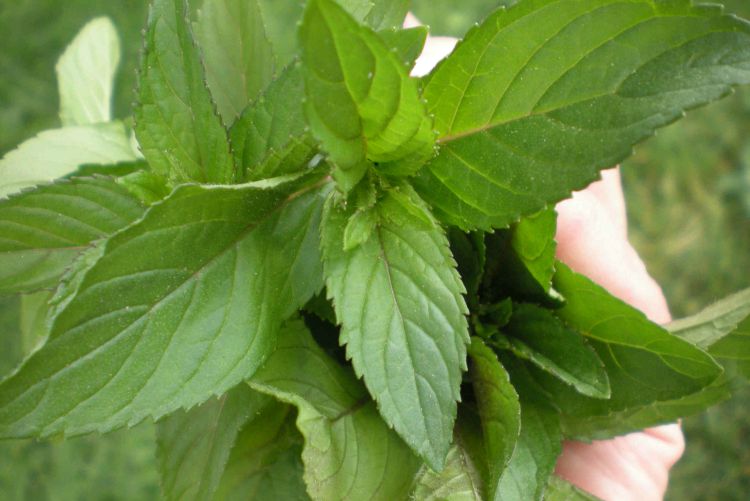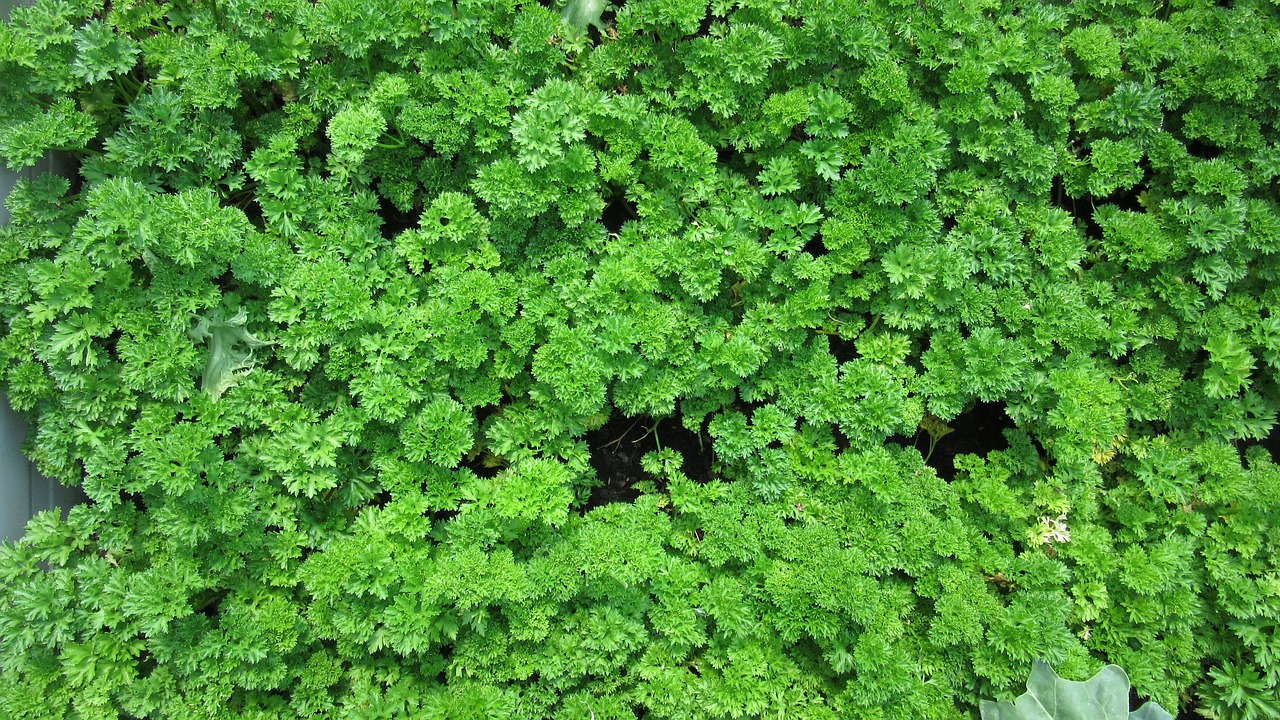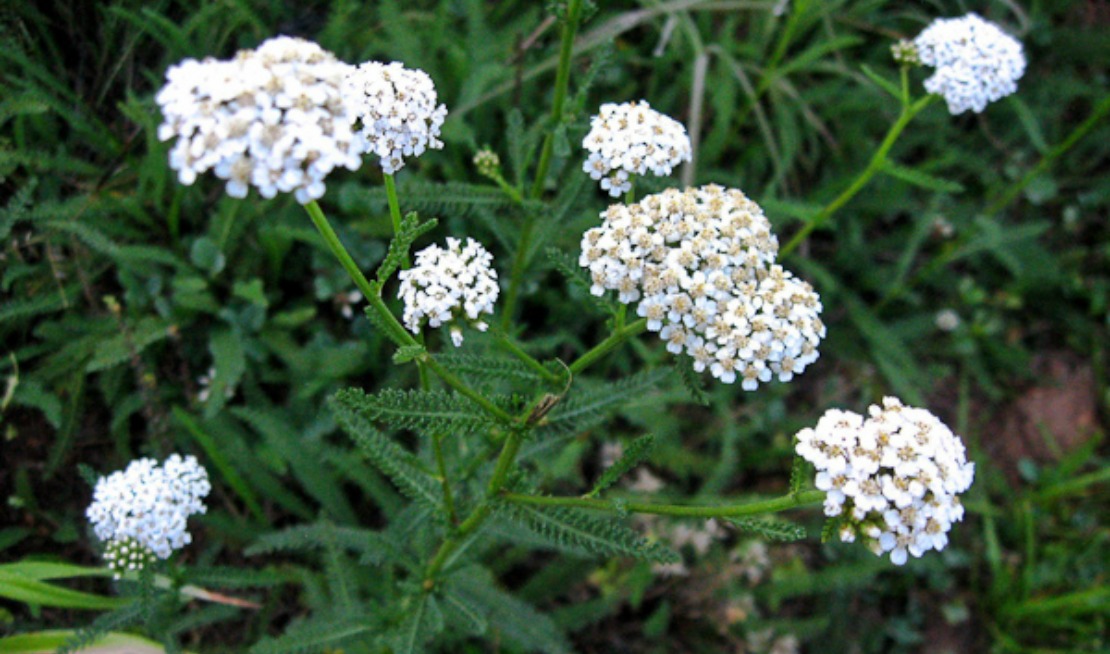
Botanical Families: How Herbs Are Related
The number of distinct botanical species recorded in the world is impressive. 500 species of conifers, 12,000 species of ferns, 14,000 species of mosses, and a staggering 300,000 different species of flowering plants. Most of our herbs are flowering plants, but how can we make sense of such an overwhelming diversity? Within that giant group of plants, botanists have devised ways to organize things a little by breaking plants into smaller groups called botanical families.
Botanical Families
For one thing, each and every flowering plant species takes one of two forms when it is emerging from the seed. Either a species has one leaf when it first sprouts, or it has two. Plants with only one seed leaf are called monocots, and plants with two seed leaves are called dicots. Monocots are less common, weighing in at around 50,000 species worldwide.
But there are many other characteristics that help botanists put a little order into the chaos. Leaf shape, seed formations, and flower types are just a few. Out of all the amazing plant families that botanists have identified, around eight of them are extra important for herbalists. These families hold many of our most treasured herbs – and learning and studying about these families can be a fascinating way to learn more about our herbs. Plant families are frameworks that provides clues for visually identify our herbs with confidence, and helps us remember their uses by allowing us to compare and contrast with their closest family members.
Mustard Family
The mustard family plants have distinctive, skinny seed pods, flowers with four petals, and most of the plants share a similar, slightly funky smell. Shepherd’s purse, watercress, and mustard are members. The official name for this family is Brassicaceae. If you like to garden, you may be familiar with another branch of the brassicas – cabbage and broccoli!

Mint Family
The Lamiaceae family contains plants that often have square stalks, leaves that grow opposite one another, and are rich in volatile oils. Because of the levels of volatile oils, many of these herbs are exquisitely fragrant at their peak harvesting time – motherwort, catnip, bee balm, lemon balm and peppermint are a few examples. So is chia! Read more about the Medicinal Mint Family here.

Parsley Family
Parsley, wild carrot, and angelica are members of the Apiaceae family. Typically, these plants have an umbrella shaped flower cluster called an umbel, and have hollow stalks. They are often highly aromatic, and the roots may be one of the useful parts of the plant.
Pea Family Fabaceae
With 8 different tribes, the pea family has lots of variations and can be a bit confusing. Typically, these plants develop seeds in pods, and have leaves arranged in pairs along a stem. However, clover is a member of this family too, and has a distinctive three leaf pattern. Other plants that are from various branches of the pea family include mimosa, senna, licorice, and kudzu.
Lily Family
Liliaceae plants often have flowers with parts in threes, and have roots that develop into bulbs or corms. Solomon’s seal, trillium, onions, and chives are in this family. And, surprise – aloes are a subfamily of Liliaceae, even though they look nothing like the other lily family plants at first glance.
Mallow Family
One of the most distinctive features of the Malvaceae plants is the slimy texture produced when the leaves are crushed. Marshmallow, hibiscus, and okra are all belong in this family, but what may surprise you is that linden and violets are also examples of tribes within this family.

Sunflower Family
Asteraceae is another big family that herbalists use often. Distinctive flowers that are disc shaped or have sunflower or daisy-like petals are characteristic of this family. Chamomile, ox-eye daisy, yarrow, dandelion, and Echinacea are part of this family. So is ragweed, so if you have allergies to ragweed you may need to be careful with other plants in this family.
Of course, these are just a few botanical families, and there are many others (and their subfamilies!) worth exploring. Knowing a little about plant families can provide background to your herbal studies, help you remember important information about how herbs are used, and provide clues when you are working on your plant identification skills.
Study with The Academy
This is just the beginning of all that you can learn about botanical families! Here at the Academy, we have two wonderful online learning programs to guide you on your herbal journey, and we are about to add a third! The Advanced Herbal Course will join our Introductory and Intermediate Herbal Courses as a way for you to continue your herbal education. The Introductory and Intermediate courses are beautifully organized, in-depth learning experiences complete with lessons, quizzes, and projects to guide you gradually deeper into the process and theory of herbalism, and the Advanced Course will help you develop your personal goals and direction as an herbalist, and provide you with the professional skills you need to advance your herbal career.







